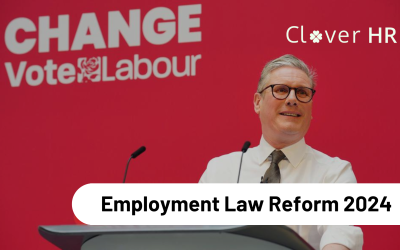Is your business growing, changing or facing challenges in managing people effectively? If you’re...
HR Blog
As a trusted source of information, our blog is updated regularly with articles, best practice guidance and ‘how-tos’ and lots of fantastic content to provide our readers with the latest in HR news and guidance, informative and engaging, helpful resources.
AN EMPLOYER’S GUIDE TO UNFAIR TREATMENT AT WORK
What Is Unfair Treatment at Work? Unfair treatment at work refers to behaviours or actions that...
In-House vs. Outsourcing HR: How Do I Determine Which Option is Best For My Business?
Human resources (HR) play a vital role in any business. They provide companies with the support to...
The 7 Key Benefits of Outsourcing HR Services for SMEs
Running a business can be incredibly rewarding, but it’s certainly never easy. From managing...
What Is Gross Misconduct?
If you're wondering, "What is gross misconduct?" then you're in the right place! In this guide,...
The Dangers of Relying on AI for HR Advice: Why Human Expertise Is Crucial for SMEs
The Dangers of Relying on AI for HR Advice: Why Human Expertise Is Crucial for SMEs As technology...
How NVIDIA Became the Poster Child for Organisational Culture
NVIDIA organisational culture is a key driver behind its impressive journey from a fledgling...
Labour’s Employment Law Reform: A Comprehensive Overview
The Labour Party's resounding victory on July 4, 2024, has ushered in a new era of employment...
Mastering Work-Life Balance: A Strategic Guide for SMEs in the UK
Achieving Harmony: The Art of Work-Life Balance in Modern SMEs In an era where the line between...
The Future of Recruitment: Integrating Technology and Human Insight
Technology and Human Insight Are Shaping The Future of Recruitment Recruitment is a vital function...









